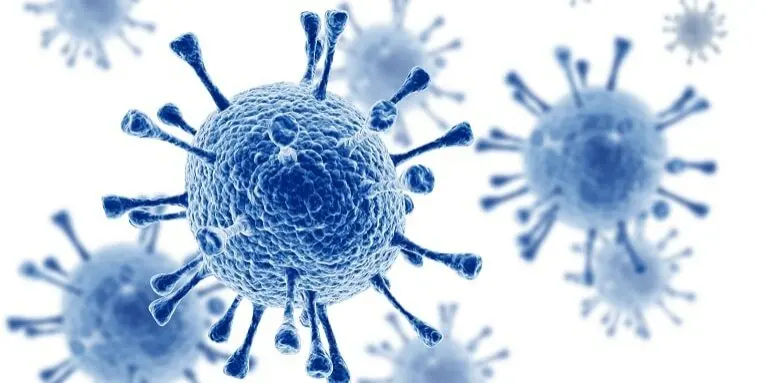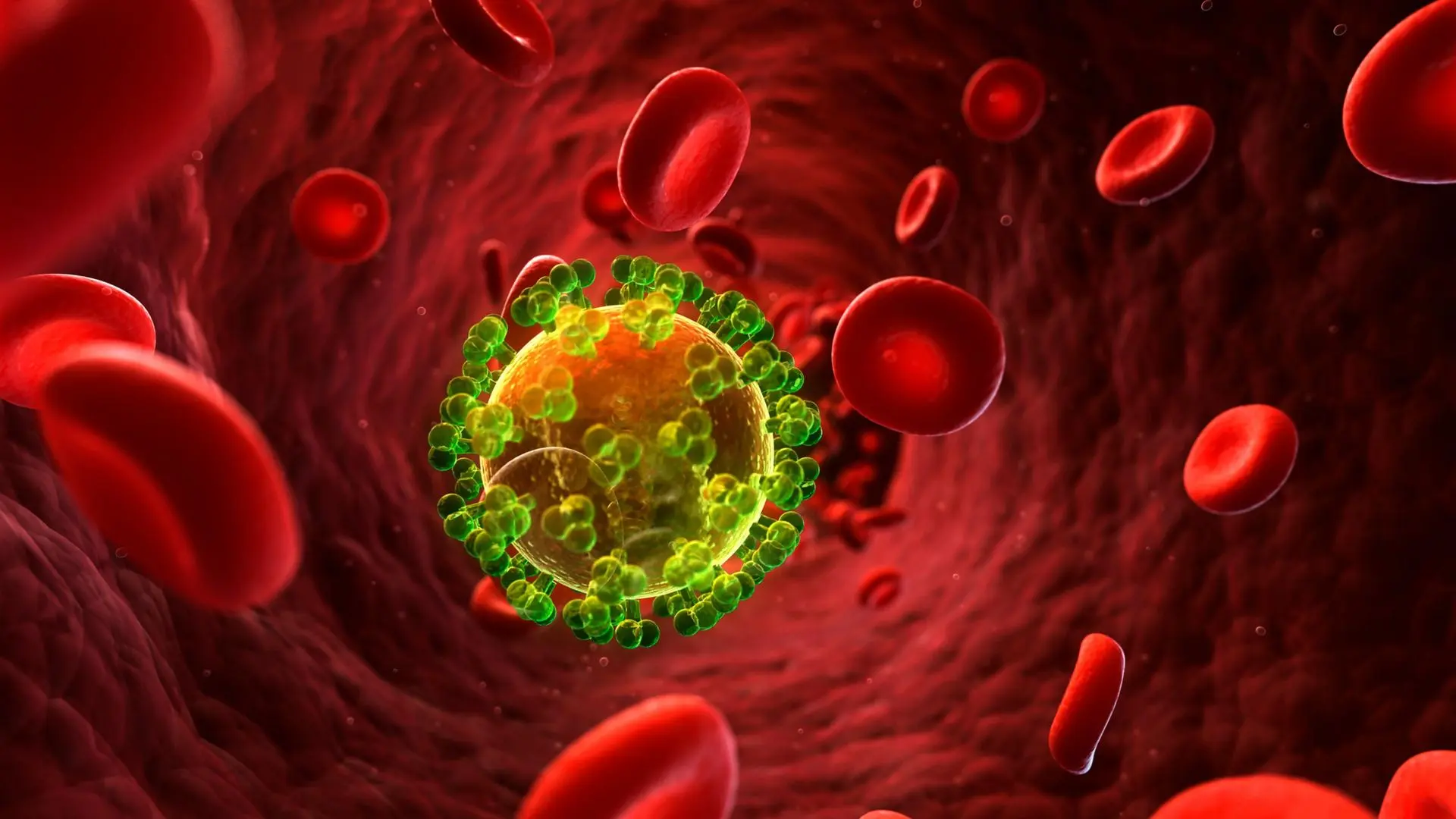HIV (Human Immunodeficiency Virus) is the virus that causes HIV infection, while AIDS (Acquired Immunodeficiency Syndrome) is the most severe phase of the infection. HIV attacks the body's immune system, specifically the CD4 cells (T cells), which are crucial for fighting infections. If left untreated, HIV reduces the number of CD4 cells, making the body more susceptible to other infections and certain cancers

The primary modes of HIV transmission include unprotected sexual contact, sharing needles, and from mother to child during childbirth or breastfeeding. HIV is not spread through casual contact such as hugging, shaking hands, or sharing utensils.
Treatment for HIV involves antiretroviral therapy (ART), which helps manage the virus and maintain a low viral load, thus preventing the progression to AIDS. ART has been proven to extend the lifespan of those living with HIV, allowing them to lead healthy lives. Consistent use of ART can also reduce the risk of transmitting the virus to other.
Key Information:
HIV vs. AIDS: HIV (Human Immunodeficiency Virus) is the virus that causes HIV infection, which can progress to AIDS (Acquired Immunodeficiency Syndrome). AIDS is the most severe phase of HIV infection, characterized by a significantly weakened immune system.
Ransmission: HIV is transmitted through certain body fluids, including blood, semen, vaginal fluids, rectal fluids, and breast milk. Common transmission methods include unprotected sex, sharing needles, and from mother to child during pregnancy, childbirth, or breastfeeding.
Treatment: Antiretroviral therapy (ART) is the primary treatment for HIV. ART reduces the viral load in the body, helping to maintain a healthy immune system and prevent the progression to AIDS. People on effective ART with an undetectable viral load cannot transmit HIV to others.
Prevention and Risk Reduction: ART is crucial in reducing the risk of HIV transmission. Consistent use of ART can lower the viral load to undetectable levels, significantly decreasing the risk of transmission. Safe sex practices, such as using condoms, and harm reduction strategies, like needle exchange programs, are also effective in preventing HIV.
Global Efforts and Strategies: The National HIV/AIDS Strategy and initiatives like "Ending the HIV Epidemic" aim to reduce new HIV infections and improve the lives of those living with HIV through comprehensive prevention, care, and treatment efforts.

